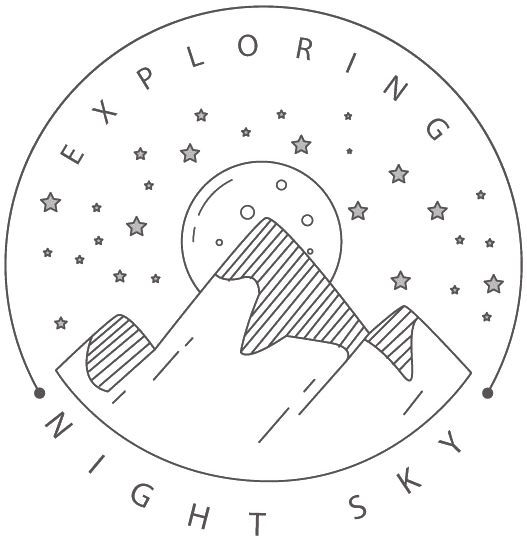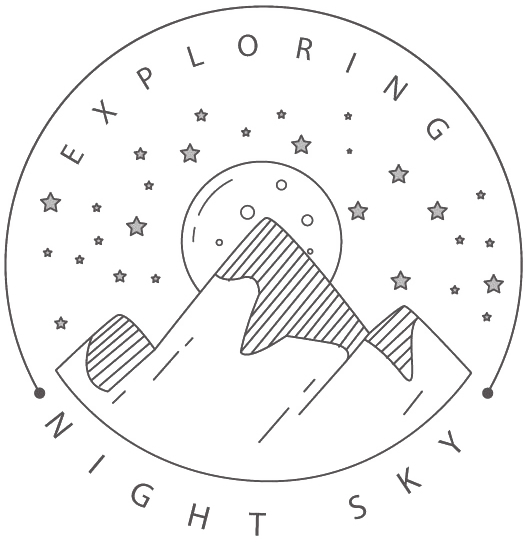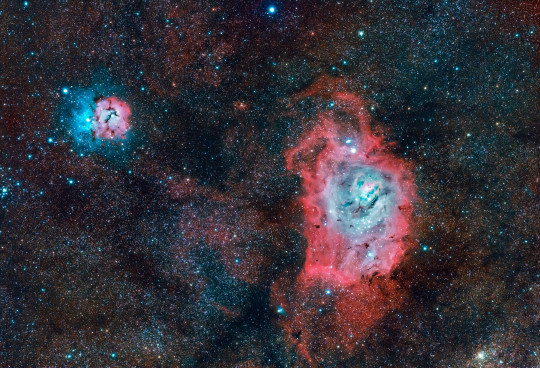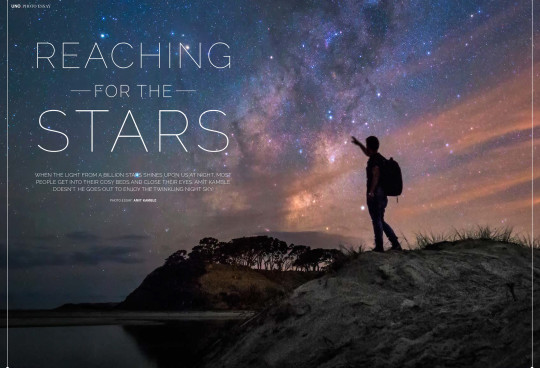Carina Nebula is a region in the sky much brighter and larger (at least 4 times larger) than the famous Orion Nebula (M42), yet is not as famous. This is probably because of the location of the object which is circumpolar south of latitude 30°S, but is never visible north of latitude 30°N. It is a treat for people in the south and especially for astrophotographers. During the summer, we have Orion up in the sky and as the winter comes, it’s time for Carina to be up nice and high.
This not so famous Carina Nebula is an extreme stellar nursery, a home to one of the youngest known star clusters (Trumpler 14), Trumpler 16 which is home to of WR 25, currently the most luminous star known in our Milky Way galaxy together with the less luminous but more massive and famous Eta Carinae star system, and HD 93129A (another luminous star). The nebula lies at an estimated distance between 6,500 and 10,000 light years from Earth. It appears in the constellation of Carina, and is located in the Carina–Sagittarius Arm.
I Bought a new AT65EDQ and iOptron ZEQ25 mount but never used it due to bad weather around Auckland Region. So finally, last night (20-02-15) i decided to go out and have a play with the setup at my friend’s place. The sky was nice and clear and pretty dark considering that we were just outside the house. I’ve had issues getting the mount polar aligned, as we are not fortunate enough to have a bright star like “Polaris“, so had to binaculars and LAZER pointer to point at the south pole star “Sigma Octantis“. We got the polar align sorted out, but i think it was the PEC (Periodic Error) that kept causing jitters in the image. So, decided to get 45 sec shots of the Carina nebula. As we were testing the gear we did not have much of gear to keep the optics warm to keep away from dew, although we had a hair dryer, but we decided to leave the setup and go inside and do some processing.
We came back to check the optics and as expected it dewed up, it was late so we decided to pack up. At the end i had 13 good shots that were used for stacking this image. The image shown is a stack of 13 images (45 x 13 = 585 sec). Processed in Nebulosity and Photoshop CC
Below is a comparison of the initial stacked image and the final image. Click here to see the final image in full res
[twentytwenty]


[/twentytwenty]
Looked up online and found this amazing zoomable image of the Eta Carina Region, below is a comparison of what i captured with the hubble image. Click here to see the zoomable image.


Same image as above:
Here are few good reads and videos if you want to know more about this extreme and amazing region.
1) http://hubblesite.org/newscenter/archive/releases/2007/16/
2) http://en.wikipedia.org/wiki/Carina_Nebula
3) http://www.rolfolsenastrophotography.com/Astrophotography/Nebulae/i-nXLSKND
4) http://www.rolfolsenastrophotography.com/Astrophotography/Nebulae/i-bkfPw3K
5) http://www.rolfolsenastrophotography.com/Astrophotography/Nebulae/i-zWK4znD (Best video ever )
Credits : External images and text from wikipedia.com / hubblesite.org
For more images visit : Amit Kamble Photography






